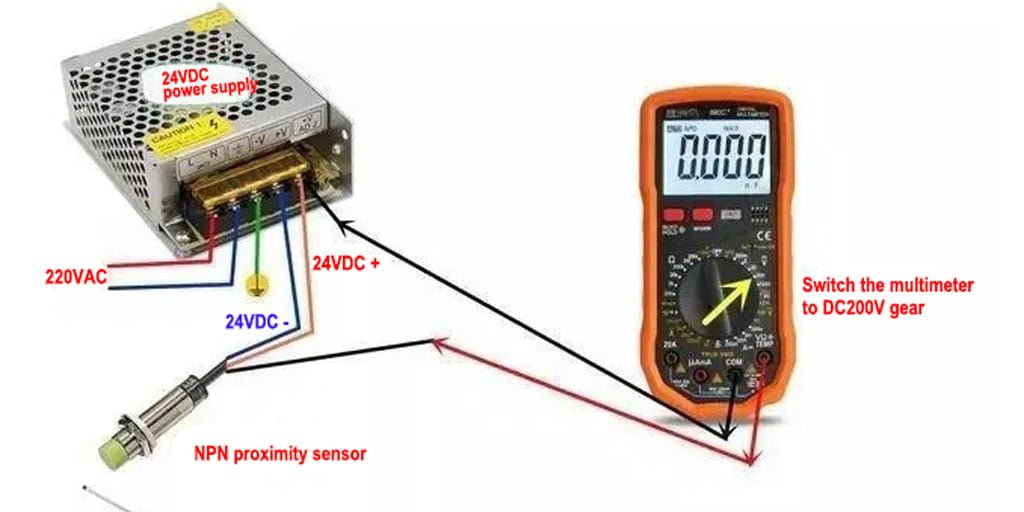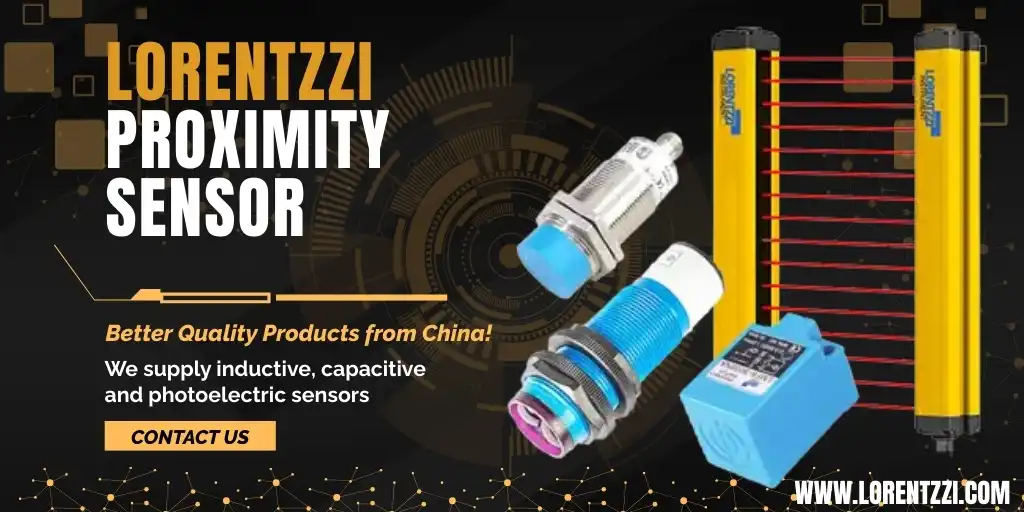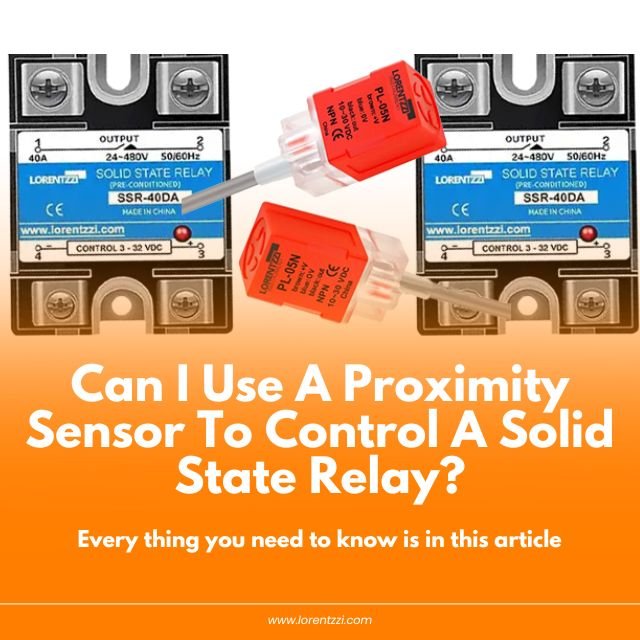In this article, we will introduce how to detect a proximity sensor.
Proximity switch includes inductive proximity switches, capacitive proximity switches, photoelectric switches, safety light curtains, and hall proximity switches.
Their working principle is basically the same, that is, when the measured object is within its detection range, the circuit will be turned on or off.
Proximity switch is widely used, including liquid level control, product counting, width discrimination, speed detection, hole recognition, automatic door sensing, color mark detection, manipulators, and other safety protection fields that may cause harm to the human body.
In addition, using the concealment of the infrared rays of the photoelectric switch, it can also be used as an anti-theft warning in banks, warehouses, stores, and other occasions where it is necessary.

Since the proximity switch is so widely used, how do we judge whether the proximity switch is good or bad in practical applications?
First of all, the three-wire proximity switch has two outputs, PNP or NPN, working voltage: 3-36V.
When we install the proximity switch, if we don’t understand the principle, we can’t install and use it.
Use a multimeter to test a proximity sensor

Turn the gear of the multi-meter to the DC voltage position, use a switching power supply as the power supply to supply power for the proximity switch, connect the brown wire to the positive pole of the DC power supply, and connect the blue wire to the negative pole of the DC power supply.
Make the measured object close to the proximity switch to see whether the output of the black line is positive voltage or negative voltage.
If the output is a positive voltage, the sensor is a PNP, and a negative voltage is an NPN sensor.
If the black line has no output, the proximity switch is damaged.
Use the intermediate relay to test A proximity sensor

If there is no multi-meter, we can use the intermediate relay to test.
The black wire enters the relay coil, and then connects a wire from the positive pole to enter the coil.
If the relay operates, the proximity switch is good.
If the relay does not operate, the proximity switch is damaged.
Conclusion
In short, testing a proximity switch with power on is the simplest and most effective way to verify its quality.
If you still can’t resolve this issue, you can email shonxu@lorentzzi.com for assistance.







